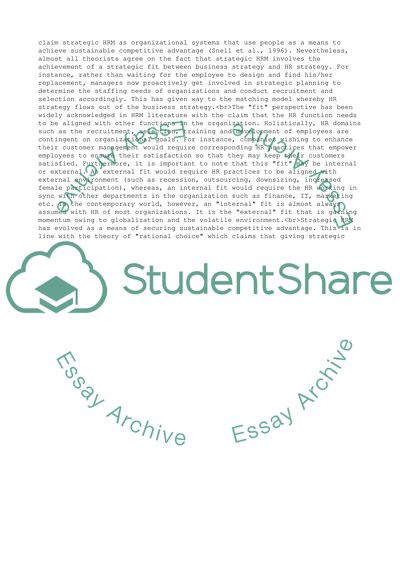Cite this document
(“Human Resource Management in a Business Context Essay - 2”, n.d.)
Human Resource Management in a Business Context Essay - 2. Retrieved from https://studentshare.org/business/1623841-human-resource-management-in-a-business-context
Human Resource Management in a Business Context Essay - 2. Retrieved from https://studentshare.org/business/1623841-human-resource-management-in-a-business-context
(Human Resource Management in a Business Context Essay - 2)
Human Resource Management in a Business Context Essay - 2. https://studentshare.org/business/1623841-human-resource-management-in-a-business-context.
Human Resource Management in a Business Context Essay - 2. https://studentshare.org/business/1623841-human-resource-management-in-a-business-context.
“Human Resource Management in a Business Context Essay - 2”, n.d. https://studentshare.org/business/1623841-human-resource-management-in-a-business-context.


